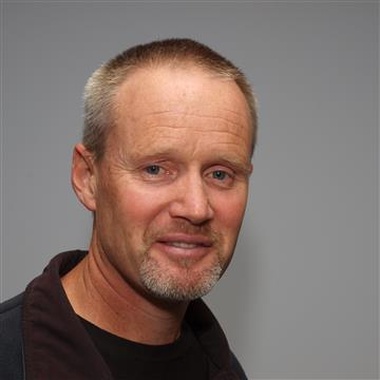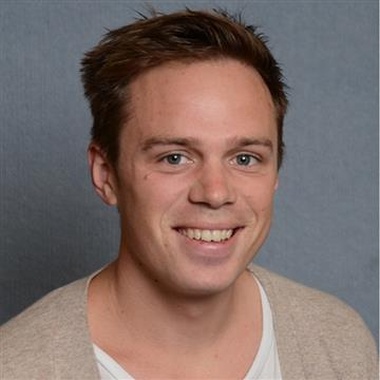Clear as mud? Predicting water clarity and light penetration in estuaries
Fine sediment loads delivered to estuaries by rivers are higher today than prior to catchment deforestation due to increased soil erosion. The effects on water clarity, which then impact sensitive estuarine ecosystems, are significant.











































